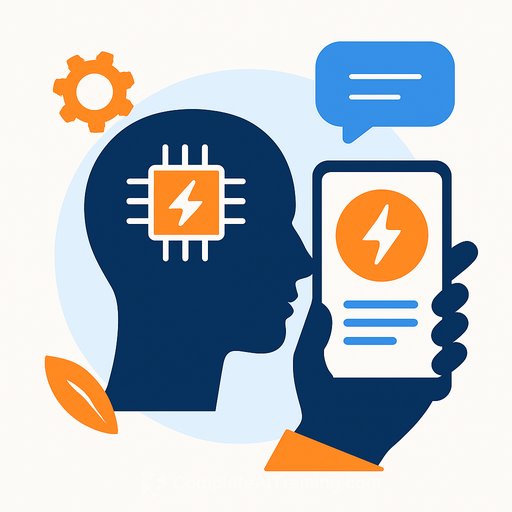The Impact of AI on PR: Adapting to Industry Changes
A few years back, many in PR worried that artificial intelligence (AI) might replace them. That fear has shifted. Today’s top communicators work alongside AI, knowing the human touch remains essential and irreplaceable. AI is transforming communications by offering powerful tools that save time on routine tasks and help tackle complex challenges more efficiently, ultimately improving outcomes for clients.
What makes AI especially useful is its ability to process vast amounts of data and content in seconds. Tasks like research, media monitoring, and analysis that once took hours can now be handled swiftly, freeing PR professionals to focus on strategy and creativity.
The Reality of the New Communications Environment
PR professionals now operate in an environment shaped heavily by AI algorithms. Traditional tactics that once guaranteed media coverage and audience engagement are less effective. Social media platforms prioritize authentic engagement and conversations over polished corporate messaging. This means content that sparks real discussions and showcases expertise tends to perform better than conventional thought leadership articles.
AI-generated overviews dominate search results in many sectors, often creating “zero-click” experiences where users get answers without visiting websites. This shift changes how brands maintain visibility online. PR strategies must now consider both human and AI audiences, adapting to new success metrics that go beyond simple impressions to include algorithmic impact and quality engagement.
The Two Phases of AI in PR
Phase One: Time Efficiency (Current Stage)
We are currently in AI’s first phase, focused on efficiency. AI tools automate routine tasks like content creation, media monitoring, and share-of-voice analysis at scale and speed. One key benefit is the ability to quickly generate multiple options for pitches, press releases, or campaign ideas. This variety helps PR pros compare strategies and make better decisions without spending excessive time on one approach.
Phase Two: Predictive Intelligence (What’s Next)
The upcoming phase will bring predictive intelligence, where AI anticipates stakeholder responses and identifies potential crises early. Communications will become personalized at scale, delivering tailored messages without losing strategic consistency. This will blur the lines between PR and investor relations, enabling one message to address media, customers, and investors simultaneously—a task that previously required separate efforts.
Despite these advances, human oversight remains critical. AI can suggest and execute strategies, but human judgment is essential for ethical considerations, brand alignment, and maintaining appropriate tone. Relying solely on AI for communications strategy is risky and shortsighted.
The Hybrid PR Professional
PR professionals today need a blend of traditional skills and AI fluency. This includes technical abilities like prompt engineering for AI tools and updated paid media tactics, alongside core strengths in relationship-building and strategic thinking. Success comes from understanding AI’s capabilities and limits, applying it thoughtfully, and upholding ethical standards.
AI supports PR experts by handling repetitive tasks and offering options, but the value of insightful analysis, creativity, and ethical judgment grows. Without the human layer, AI alone cannot fulfill the full scope of public relations.
Preparing for an AI-Enabled Future
Organizations must build flexible technology systems that adapt as AI tools evolve. Treating AI integration as an ongoing process—rather than a one-time fix—ensures sustained benefits. This involves regularly assessing new AI solutions and continually training PR teams in skills like prompt building and automated reporting.
Success in this environment depends on fostering a culture of continuous learning and adaptability.
The Human Element Remains Key
Despite technological advances, effective communication remains a fundamentally human endeavor. AI tools amplify human strategy but do not replace it. Expertise, intuition, and ethical judgment continue to be the most important factors in PR success.
Communications strategies must evolve to incorporate AI capabilities while preserving the irreplaceable human touch. Organizations that achieve this balance will find AI to be a powerful advantage rather than a threat.
Curious about the practical skills needed to work effectively with AI in PR? Explore AI courses tailored for communication professionals to stay ahead.
Your membership also unlocks:






